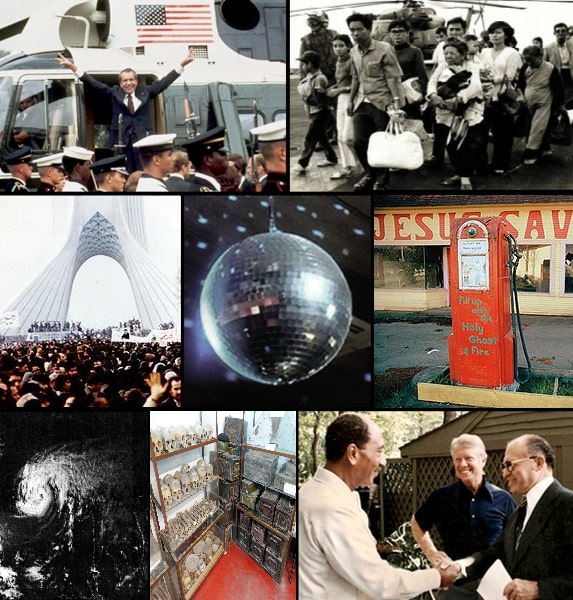
“We’ll take inflation if we have to, but we can’t take unemployment.” Those are the words of President Nixon in the early ’70s that summed up a decade that was as hard-edged as it was revolutionary. Sure, most people recall the times for disco, bell-bottoms, and Woodstock’s glow, but the truth was considerably more complicated and quite frequently, considerably tougher.
From gas pipes that wound around blocks to a mental illness stigma that made so many stay quiet, the 1970s were characterized by problems that crafted an entire generation’s resilience. Economic turmoil, political scandals, and cultural changes intersected, compeling individuals to get by in ways that seem almost unthinkable now.
Below is a closer examination of the daily challenges that turned the ’70s into a proving ground for patience, ingenuity, and toughness.
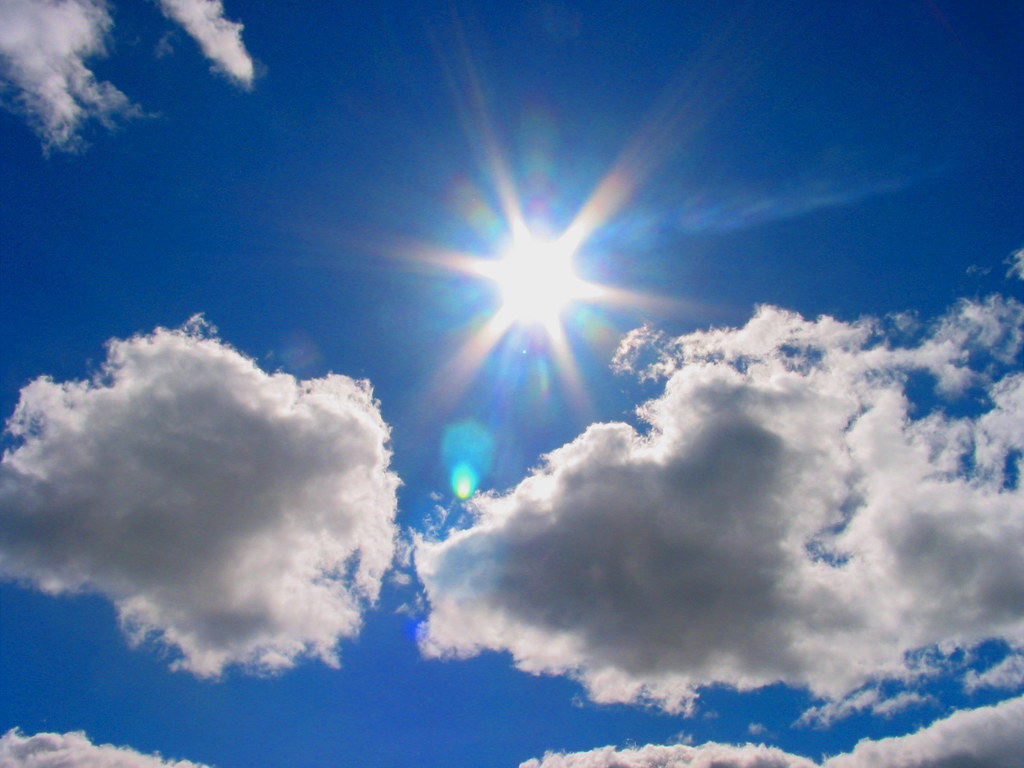
1. Scorched Summers Without Central Air
Most houses didn’t have central air in the 1970s. Enduring a heatwave required box fans, open windows, and willpower. It wasn’t just uncomfortable it could fray nerves and test family patience. The absence of cooling technology also influenced daily habits, with individuals waking earlier to work before the midday heat and congregating on porches at night for relief.
The lack of AC also highlighted how differently comfort was perceived. The ease with which today’s climate-controlled living makes it possible to forget that generations lived with seasonal extremes without the flick of a thermostat serves as a good reminder.
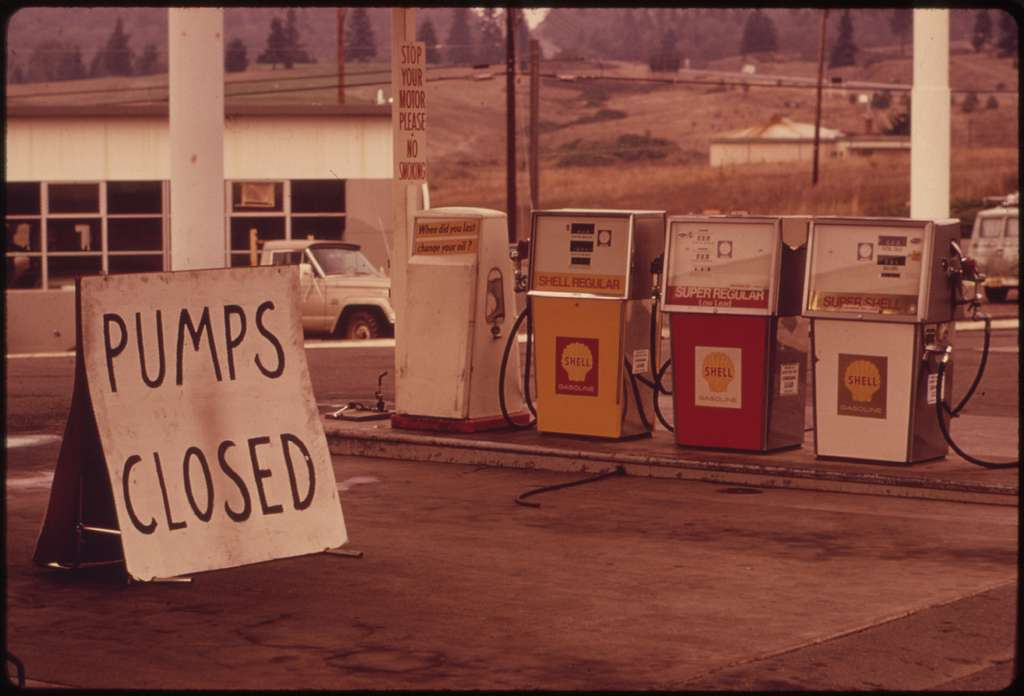
2. Gas Lines and License Plate Rules
The ’70s oil shocks weren’t merely an economic tale they were a daily irritation. Following the 1973 OPEC embargo, motorists waited in line for hours, sometimes to have stations run out of fuel. Odd-even license plate rationing controlled when you could fill up, and spontaneous road trips were a logistical risk.
Behind the scenes, U.S. policy decisions exacerbated the crisis. As historian Jack Anderson uncovered, Saudi officials even proposed to restrain price increases if Washington pressured Iran but the Nixon administration rebuffed them. The outcome? Long lines became a symbol of the decade’s economic hardship.
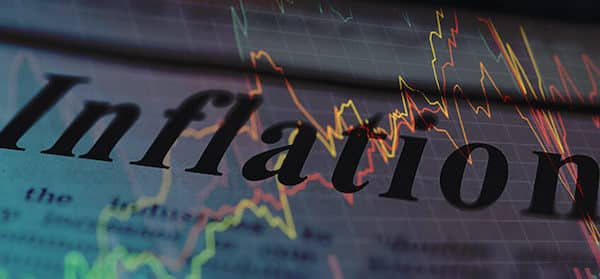
3. The Great Inflation’s Squeeze
In the years 1972 to 1980, inflation rose into double digits, reaching 14%. Mortgage rates skyrocketed, groceries increased overnight, and wages were far behind. Economists such as Milton Friedman took the stance that it was “always a monetary phenomenon” and cited policies that loaded up the economy with cheap money.
For households, this translated to perpetual recalculation stretching out meals, delaying purchases, and working overtime. The economic pressure cooker rewrote personal budgeting and made financial prudence a matter of survival.

4. TV Without Remotes
Entertainment during the ’70s was accompanied by its own exercise: getting up to change the channel. With only a few channels, there was little programming available, and “binge-watching” did not even exist. Families would gather around a single television, negotiating what to view in real time.
This pace was slower with the media, so there were fewer distractions but also fewer options. Looking back, it created collective cultural moments everyone knew the same shows because there were just too few to choose from.
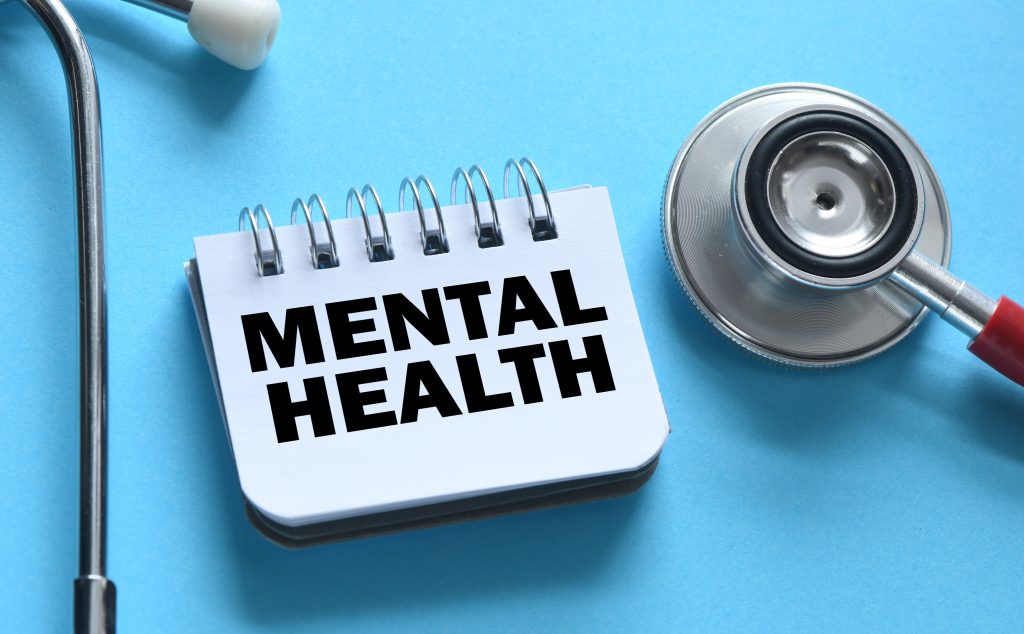
5. Mental Health Stigma Was the Norm
During the ’70s, discussions around mental health were uncommon, and stigma was entrenched. As Wulf Rössler pointed out, “Generally, the 1960s and 1970s were dominated by an anti‐psychiatry mood, accusing psychiatry of being oppressive, coercive and more harmful than beneficial to patients.” Most individuals with depression, anxiety, or schizophrenia were subject to prejudice, social isolation, as well as restricted treatment options.
Schools fundamentally excluded mental health concerns, even following the enactment of special education legislation. The consequence was a generation of “toughing it out” in silence often at severe personal expense. Today’s increasing openness about mental health reflects a fundamental cultural shift from that time.
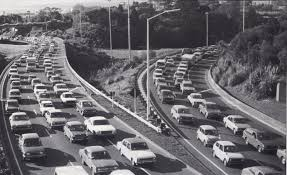
6. Less Safe Roads and Cars
Seat belt legislation did not exist in the majority of states, and child automobile seats were basic at best. Children frequently rode in one’s lap or as a loose passenger in the backseat. Crash safety regulations were scarce, and deaths were more frequent.
It wasn’t until the late ’80s and ’90s, though, when tougher safety laws and public information campaigns reoriented driving culture. In the ’70s, the highway was a more dangerous arena, and survival hung in the balance as much on luck as ability.

7. Chores Without Shortcuts
Housework during the ’70s was a whole-body activity. Dishwashers were not seen, washing meant hanging to dry, and vacuum cleaners were large and back-breaking. Meal preparation was similarly time-consuming, with minimal convenience foods and no delivery services.
These practices took effort and time, instilling an ethic of domestic discipline that doesn’t exist in most gadget-filled homes today.
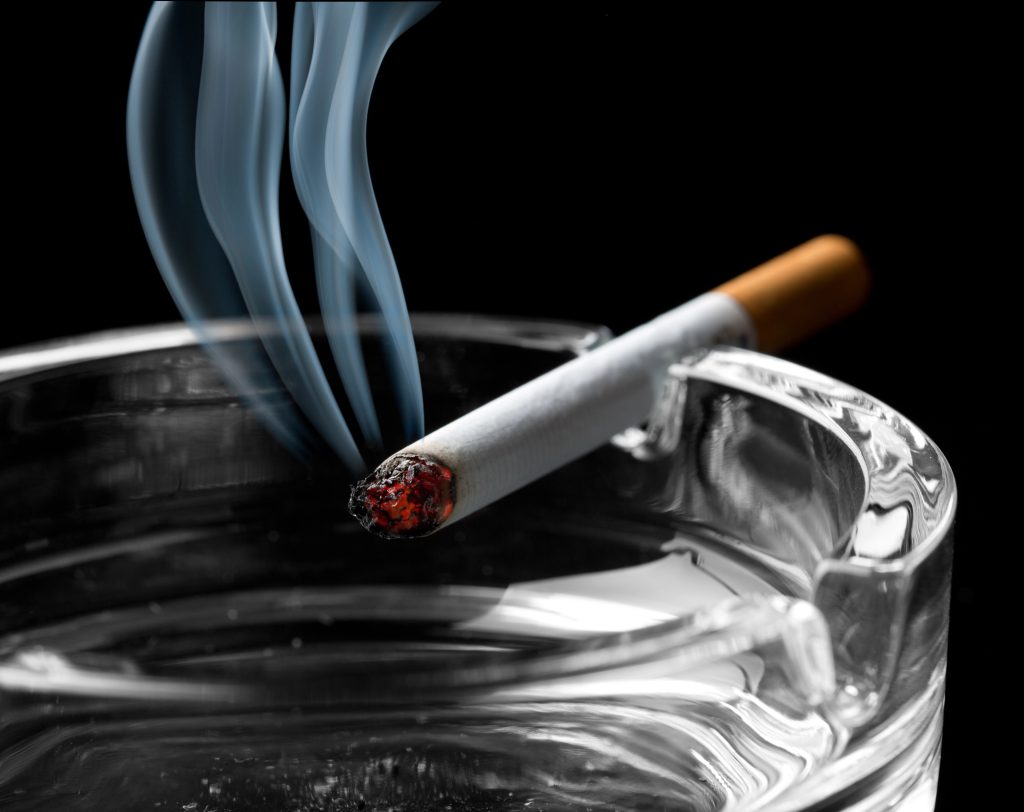
8. Smoking Everywhere
Lighting up was accepted socially just about everywhere offices, restaurants, airplanes, and hospitals. Non-smokers could not escape secondhand smoke much, and public health campaigns barely existed.
The normalization of smoking indicated a larger lack of knowledge regarding long-term health hazards. It would take years of activism and legislation to establish the smoke-free environments many enjoy today.

9. Increased Crime and Public Fear
The ’70s witnessed a rise in crime rates, from break-ins to serial killings of public notoriety. Cities such as New York came to be equated with danger, and fear dictated daily habits where individuals walked, the way they commuted, and even how they protected their homes.
This atmosphere of alarm was fueled by sensationalist reporting by the media, which tended to blur the distinction between fact and fright. Although crime rates fluctuated since, the period left a lasting influence on urban culture and policy.
The 1970s were not the free-spirited, sepia-colored decade of nostalgia that they are sometimes remembered to be. They were decades of adjustment, perseverance, and determination when daily life required more patience, ingenuity, and tolerance of discomfort. In retrospect, it’s obvious that such hardships did not merely prove people but also remade society, laying the groundwork for many of the comforts and safeguards individuals now take for granted.


